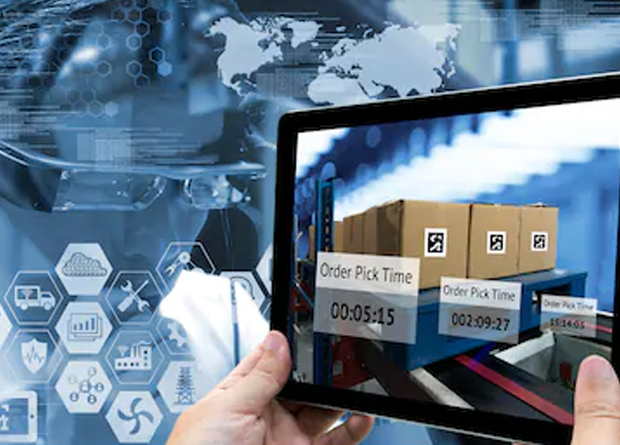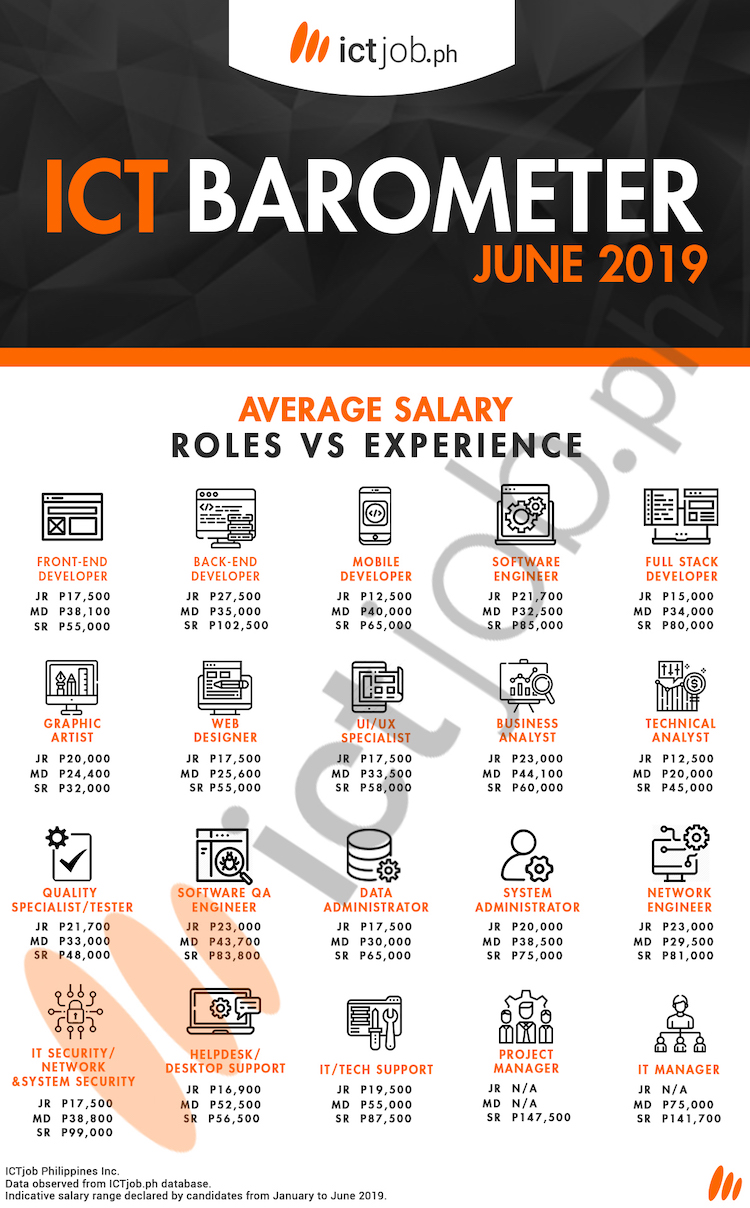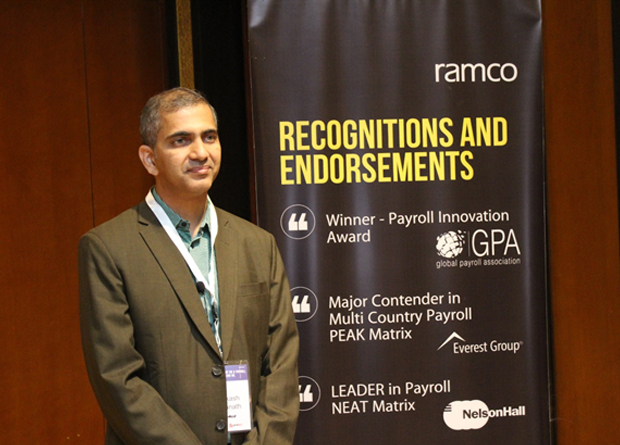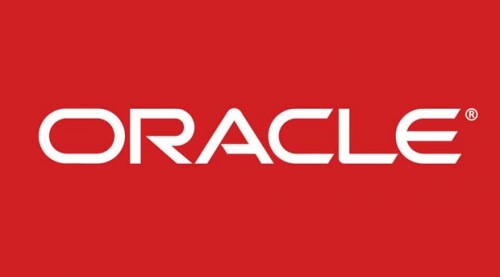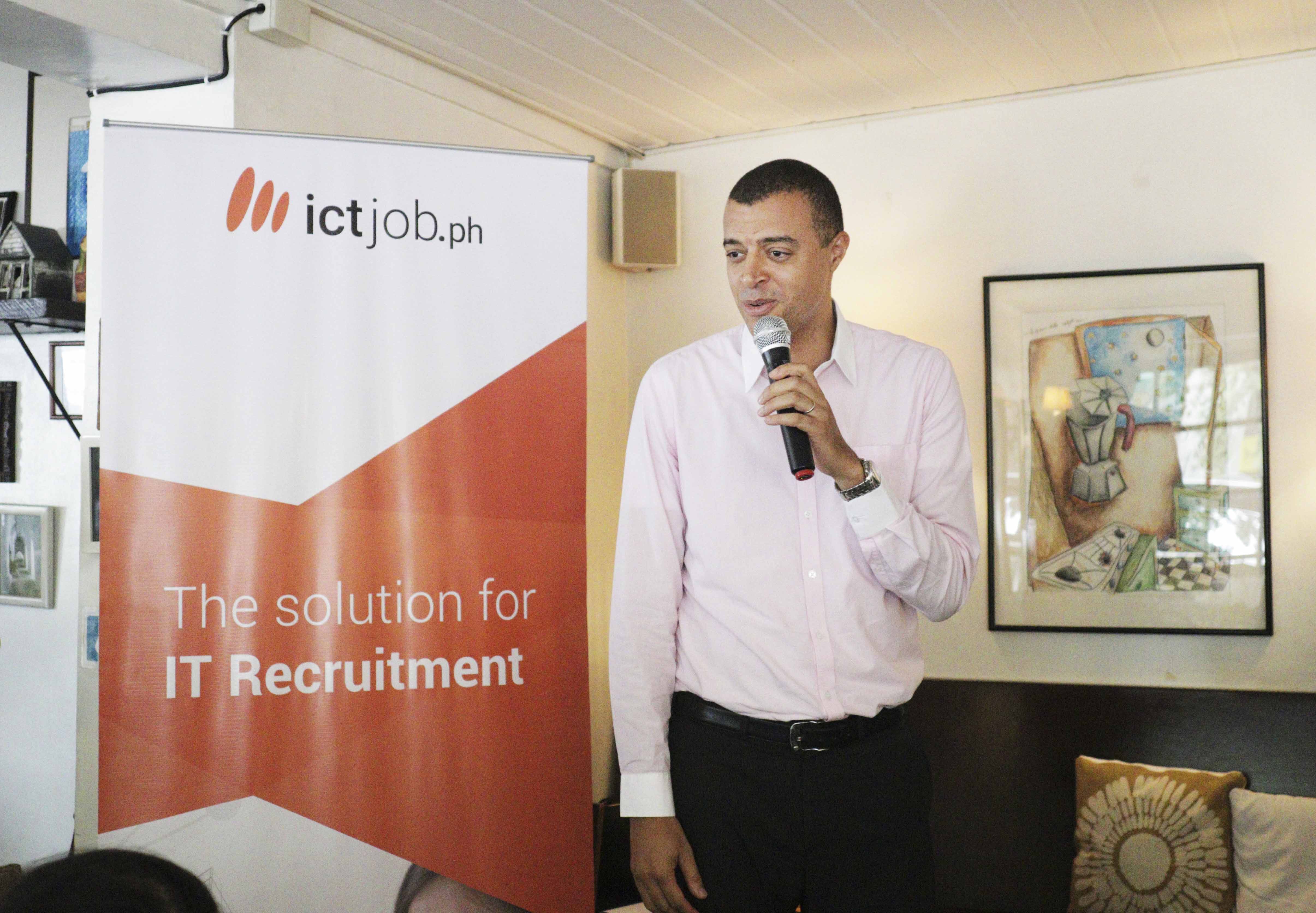 In today’s digital shift, organizations are becoming more aware of the advantages of using human resource (HR) technologies to automate the often neglected HR processes. This mindset makes the term Human Resource Management Systems (HRMS) a household name in HR departments.
In today’s digital shift, organizations are becoming more aware of the advantages of using human resource (HR) technologies to automate the often neglected HR processes. This mindset makes the term Human Resource Management Systems (HRMS) a household name in HR departments.
HR practitioners define HRMS as a platform that connects resource management and information technology through a software. It combines systems and processes to streamline repetitive and time-consuming tasks associated with HR management, such as keeping employee records and movements, time and attendance, payroll, talent management, and recruitment.
In return, this technology allows HR managers to focus more on enhancing productivity, strengthening employee-employer relations, and meeting the demands of today’s ever-changing workplaces.
For organizations that are planning to integrate HRMS in their HR department, Genie Technologies, Inc. (GenieTech), a leading provider of end-to-end, comprehensive, and fully integrated business solutions listed the five common HR modules and features that organizations need to consider when looking for an HRMS provider.
Core HR. Workforce Management is a critical component for HR departments, especially in matching skills availability with the demands of their workloads. Hence, make sure that the HR system is equipped with features, such as Competency Maps, Time Management, Multiple Employee Assignment, Recruitment, and Training. These functions present users with an opportunity to use a framework of logically linked processes that help them bridge the gap between demand and supply of skilled Human Resources.
Time and Attendance. Tracking the time and attendance of employees is crucial for businesses because it serves as the basis for many HR activities like payroll, administration, among others. Nowadays, HR systems are equipped with capabilities to manage the employees’ time and attendance data effectively.
However, it also pays to consider integrating the current systems around biometric devices, swipe cards, and any other conventional attendance systems along with future-ready solutions including NFC & GPS-based Attendance. With these features, the organization can visualize its employee availability across the offices leveraging the geospatial abilities to tag an employee to a specific location.
Payroll. HR practitioners usually contend with the tedious record keeping and computation when tackling payroll tasks. In fact, even a slight mistake can cause misunderstanding between the employee and the employer. As such, make sure that the HRMS is packed with functionalities that enable you to comprehensively, and yet simplistically, handle payroll processing. The payroll processing software should allow you to create rules that exist in your organization and define your business logic for Earnings, Deductions, Bonus, Arrears, Leave and Attendance, Taxes, Statutory Requirements and other important areas.
There are other features to look out for, such as the ability to deal with multi-element, multi-decimal, multi-currency, and multi-country payroll. There is also the Reimbursements Function, meant for processing employee claims, associated with benefits for travel, medical, annual leave, and other eligibilities.
Talent Management. With the ever-changing market conditions, the HR system should also meet the need to upgrade and be customized, allowing organizations to plan talent requirements while building a strong brand image to attract the very best. These capabilities can also ensure that new hires are integrated quickly to maximize productivity, retain high performing talent, and facilitate continuous movement of employees to where they have the maximum impact within the organization.
Some HRMS also have the Performance and Development Management function. This feature has content that can be split into three distinctive parts: Objectives-based Assessment, 360 Degree Appraisals, and Potential Appraisals. As businesses experience increasing economic flux, including quicker time to market, increasing revenues or even growing the market reach, there is a need to dynamically organize the global workforce and assess them on parameters relevant to the business context. The underlying systems must support this need and should be easily configurable, based on market stimulus.
Recruitment. In terms of recruitment module, the HRMS can now allow HR practitioners to capture staffing requirements, resumes, and other relevant details. Though, in some cases, the systems allow users to collaborate with recruitment agencies, allowing them to enter profiles of potential candidates. Administrative aspects must also be in place to enable users to shortlist, schedule interviews, rate, and select applicants. The idea of this function is to assist the organization from preselecting to onboarding and beyond.
Planning and Analytics. Planning is a key element in managing Human Capital. Hence, today’s HRMS makes planning simplified for HR executives by integrating the analytics component. With this function, it is now easier to calibrate, evaluate, and rank both internal and external talents for a given position, giving a clear idea of the top candidates who are likely to succeed. This feature also enables the organization to predict employee churn and movements in different positions and mobilize talent in advance to balance the conflict thereby minimizing the risk of talent discontinuity.
HRMS is indeed a good investment for organizations, especially if it has the features suited for their needs. The question now is; how should companies implement them?
For businesses in the Philippines, GenieTech can be the right partner to jumpstart HR automation. The company offers Ramco HCM, a global talent management application designed to facilitate a changing work environment.










































































































